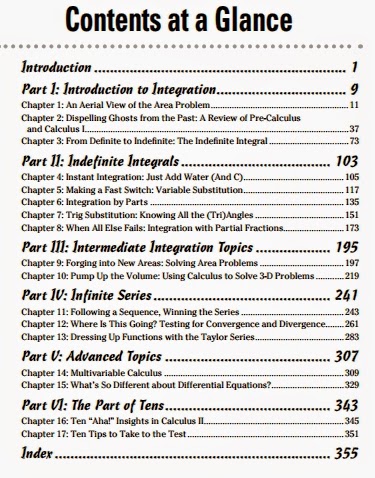
This time, the axis of rotation is a vertical line x = -1 (rather than the horizontal x-axis). Solutionīe careful not to blindly apply the formula without analyzing the situation first!

Set up an integral that computes the volume of the solid generated by revolving he region bounded by the curves y = x 2 and x = y 3 around the line x = -1. Set f( x) equal to g( x) and solve to locate these points of intersection. Clearly the region is bounded by the two curves between their common intersection points.
.jpg)
Well, just as in some area problems, you may have to solve for the bounds. We’ll set up the formula with f( x) = x (top) and g( x) = x 2 (bottom). This is definitely a solid of revolution. The top curve is y = x and the bottom one is y = x 2 Here, the bounding curves for the generating region are outlined in red. V = π ( r 2 2 – r 1 2) h = π ( f( x) 2 – g( x) 2) dx.Īs before, the exact volume formula arises from taking the limit as the number of slices becomes infinite.ĭetermine the volume of the solid. We’ll need to know the volume formula for a single washer. The formula for the volume of a washer requires both an inner radius r 1 and outer radius r 2. No, we’re not talking about clothes washers or dishwashers…Ī washer is like a disk but with a center hole cut out. This time, when you revolve R around an axis, the slices perpendicular to that axis will look like washers. Now suppose the generating region R is bounded by two functions, y = f( x) on the top and y = g( x) on the bottom. The volume of the solid is 256π (roughly 804.25) cubic units. Let’s set up the disk method for this problem. Find the volume of the solid of revolution generated by revolving R around the x-axis. Let R be the region under the curve y = 2 x 3/2 between x = 0 and x = 4. Also, for technical reasons, we have to keep track of the various x-values along the interval from a to b using the notation x k for a “generic” sample point.įinally, by letting the number of slices go to infinity (by taking a limit as n → ∞), we develop a useful formula for volume as an integral. For simplicity, assume that the thickness of each slice is constant ( dx). Next, to approximate the volume of the entirety of S, we have to add up all of the disk volumes throughout the solid. This calculation gives the approximate volume of a thin slice of S. Therefore, the volume of a single cylindrical disk is: V = π r 2 h = π f( x) 2 dx. The height of the disk is equal to dx (think of the disk as a cylinder standing on edge). The radius is y, which itself is just the function value at x. Now let’s compute the volume of a typical disk located at position x. Then you can see that the height of the rectangle, y, is the same as the radius of the disk. In fact, I like to think of each disk as being generated by revolving a thin rectangle around the x-axis. Let’s approximate each slice by a cylinder of height dx, where dx is very small.

Each slice looks like a disk or cylinder, except that the outer surface of the disk may have a curve or slant. Now imagine cutting the solid into thin slices perpendicular to the x-axis. The simplest case is when R is the area under a curve y = f( x) between x = a and x = b, revolved around the x-axis. There are two related formulas, depending on how complicated the region R is. Suppose S is a solid of revolution generated by a region R in the plane. So now that you know a bit more about solids of revolution, let’s talk about their volumes. Watch the next few seconds of the video below to see how it unfolds in real time. Here’s another cool example of a solid of revolution that you might have seen hanging up as a decoration! Tissue paper decorations that unfold from flat to round are examples of solids of revolution. The cone generated as a solid of revolution by revolving a right triangle around a vertical axis


 0 kommentar(er)
0 kommentar(er)
